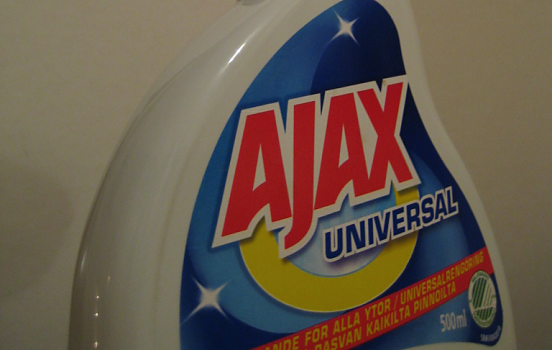The word Ajax has been buzzing everywhere for the last couple of months. Ajax is a term coined by Jesse James Garrett at San Francisco-based company Adaptive Path in February 2005. It is commonly described as “asynchronous JavaScript and XML”. I would rather say it’s a shorter way of writing “asynchronous JavaScript using XMLHttpRequest with CSS and DOM”.
In other words, it’s a combination of various technologies from every web developer’s toolbox. These items have been around for a while.
 Ajax – the universal solution.
Ajax – the universal solution.
XMLHttp was first introduced to the world as an ActiveX control in IE 5.0, allowing pages to send XML via the HTTP protocol. XMLHttpRequest was originally invented in 1998 to create a web-based version of Outlook, so it’s not exactly new.
It has taken a while for the industry to grasp the power of Ajax, and the foremost reason why it’s suddenly so hot right now is that we’ve started to do smarter web applications featuring rich user interfaces built on Ajax.
However, there are a few to consider, and most of them are concerning accessibility. Ajax applications inevitably involve running complex JavaScript code on the client. This doesn’t cope very well with the back button of your browser, thus breaking one of the most frequently used functions.
Another well-known feature is indicating when the browser is working. With Ajax you will have to take care of that yourself, to provide proper feedback to the user.
Considerations must also be made in regards to JavaScript engines. it will have to work on Rhino (Mozilla’s JavaScript engine), Internet Explorer’s engine and so on. You will get fatter clients, which will make the web application more vulnerable to lesser target machine specifications.
And last but not least, an estimated ten percent of web users don’t have JavaScript, so they will not be able to use the cool Ajax application.
There are a lot more things to consider with Ajax development, but don’t get caught in negative thinking. I think that Ajax is a very useful technique and we will see a lot more of it in the near future. Just make sure to know the difference between graceful degradation and progressive enhancement, to apply Ajax in a good way.
Related posts
2 comments
Leave a reply